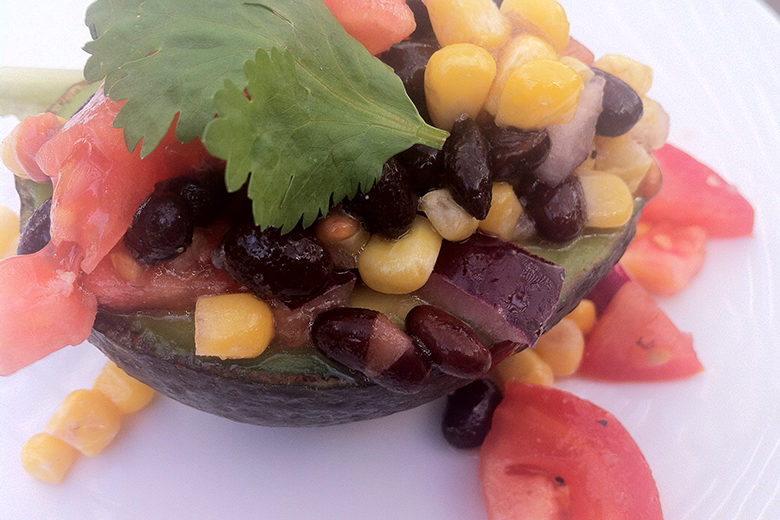
When I did research for my book, The Plant-Powered Diet, a couple of years ago, I had been a vegetarian for quite some time. As a child, I was lucky enough to grow up in the woodsy Northwest at a plant-based dinner table long before people called it that. I suppose my family was known as "semi-vegetarian" in those days, because most of the time we ate plant proteins such as soy foods, beans and nuts instead of animal products. Now, as a dietitian, I realize that the foods I grew up eating — plant-based foods — are considered components of the most healthful dietary pattern.
So while prepping for my book, I decided to try a 30-day vegan challenge. I wanted to know what it felt like to be a vegan — how difficult or easy it would be to transition from vegetarian to vegan, how my body would react, and how I would feel. As a health expert, I felt that I needed to understand a vegan lifestyle firsthand. The experience was so positive, I decided to stick with it! And I’m so glad I did.
More and more research is emerging about the benefits surrounding a diet focused on whole plant foods. One of the most comprehensive diet studies on the planet was recently released by Loma Linda University in California. The study categorized individuals according to their eating habits along the spectrum – ranging from vegan to non-vegetarians, and including everything in-between, such as lacto-ovo vegetarians (those who eat eggs and dairy), pesco-vegetarians (those who eat fish), and semi-vegetarians. Not only did the study find that individuals eating a primarily plant-based diet tend to have a lower body weight, significantly reduced risk for metabolic syndrome and reduced risk of mortality, but plant-based eaters also seem to engage in more healthy habits. When compared non-vegetarians, vegans and vegetarians watch less television, sleep more hours per night, consume more fruits and vegetables, consume less saturated fat, and typically eat foods with a low glycemic index, such as beans, legumes and nuts.
There’s no better time of the year to make the shift towards a more plant-based style of eating than during the summer months; farmers markets are in full swing, an array of delicious fruits and vegetables are at their nutritional peak, and plant-based dishes are easy to bring to a pool, picnic or party.
Try my recipe for Southwestern Stuffed Avocados. They’re the perfect addition to any summertime party or potluck.
Southwestern Stuffed Avocado
Recipe by Sharon Palmer, RD
Makes 4 servings
Ingredients
2 avocados, ripe, but firm
1/2 cup frozen corn, thawed
1/2 cup canned black beans, rinsed and drained
1/4 cup chopped red onions
2 Tbsp. chopped fresh cilantro
1 medium ripe tomato, chopped
Juice of half a lemon
1 clove garlic, minced
1/2 tsp. cumin
Dash salt and pepper
Directions
- Slice avocados in half lengthwise and remove pits. Set aside.
- Mix remaining ingredients together in a small bowl.
- Place each avocado half on a small salad plate. Fill cavity with salad mixture, allowing to overflow onto plate.

